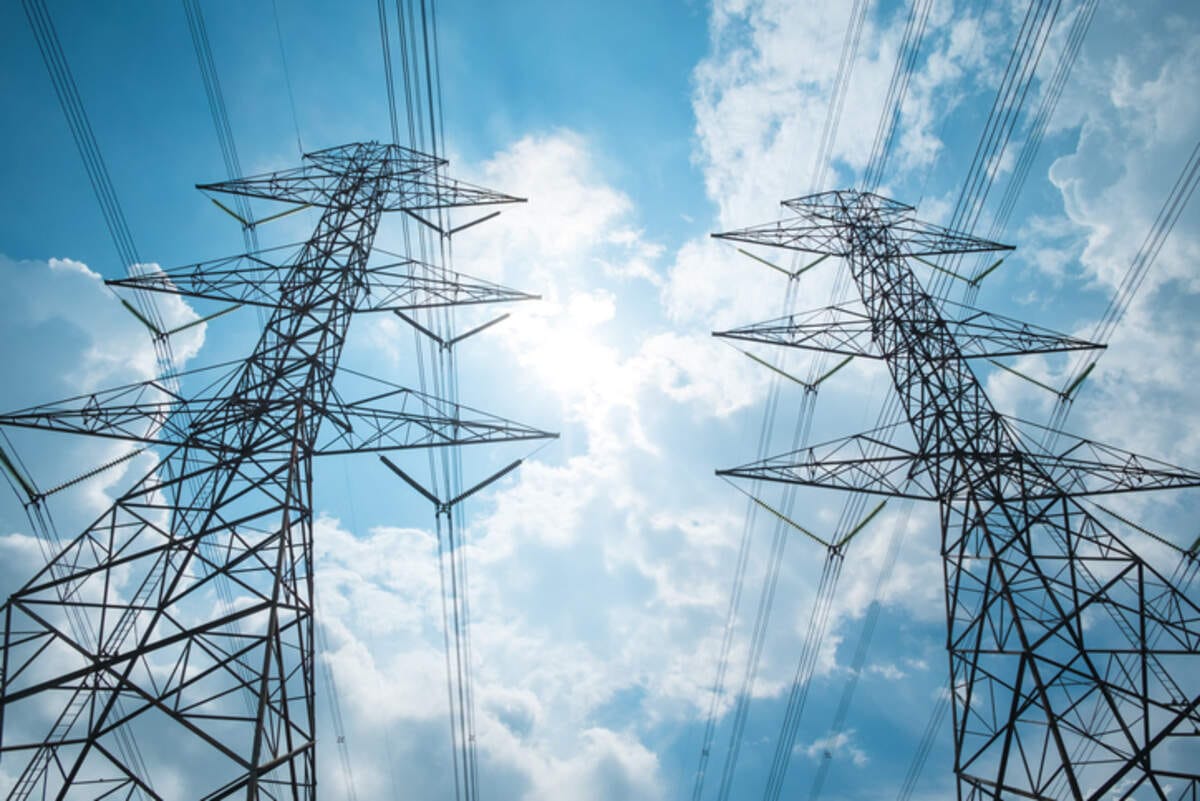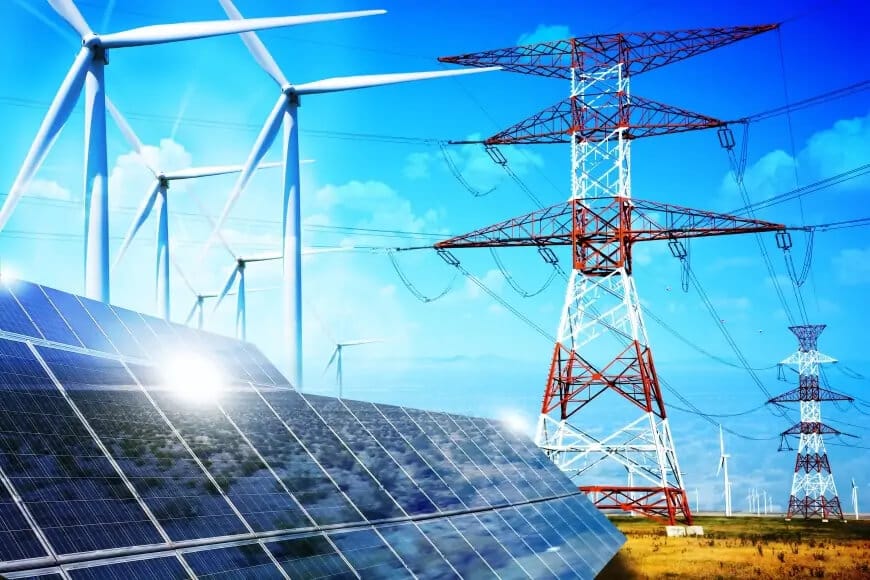In Summary
- South Africa and Egypt remain far ahead in total output. Their combined 447,161 GWh accounts for over half of the electricity generated by Africa’s top 10 countries, thanks to large legacy grids and strategic diversification.
- North African countries tend to reap longer-term gains from large investments. Algeria, Morocco, Libya, and Tunisia have moved from complete dependency on imports to current and expanding domestic production of electricity through gas and solar development.
- At its core, some economies rely on hydropower. Ghana, Zambia, and Mozambique all rely on their river systems to provide reliability to their electricity grids and are adding solar and battery storage systems to ensure sufficient capacity for rural demand.
Deep Dive!!
Lagos, Nigeria—Electricity generation is one of the most consequential indicators of a nation’s capacity to develop, which anchors all commercial enterprises, health care, national security, education, and economic growth potential.
Some African countries have made appreciable progress and success in increasing electricity output based on concerted investments. This has significantly grown from hydropower, natural gas, solar, and renewed regional collaborations.
Countries defined by rich natural resources are developing modernity within their grids based on diversification efforts, while countries defined by little resource usage, but increasingly applying renewable energy technologies, have leveraged renewable energy adaptation to use geographies and environmental limits in their favor.
10. Zambia

Zambia’s 19,475 gigawatt-hours (GWh) of electricity is primarily from hydropower from major projects such as Kariba North Bank, and Kafue Gorge. Although Zambia has had sporadic droughts that can impact hydropower capacity, Zambia is taking steps via climate-resilient solar-based projects and rural electrification-based initiatives. Zambia is also part of the Southern African Power Pool, through which it exports power to neighbouring Zimbabwe and Namibia.
9. Mozambique
In 2025 so far, Mozambique has produced 19,558 GWh while generating its electricity sector’s reliance primarily on Cahora Bassa Dam – one of Africa’s larger hydro projects – and increasing reliance on its substantial natural gas reserves for electricity supply. This was facilitated by a gas-to-power project at Temane that started partial operation in 2025. Mozambique is on a trajectory to becoming a dual economy, whereby hydro and gas potentially dominate the electricity generation.
8. Tunisia
This year, Tunisia produced 21,422 GWh. Whilst generating 1the large majority of its electricity from natural gas, some of which is sourced from Algeria. Tunisia’s energy strategy has been progressing to sustainability by promoting solar generation in the desert country’s southern parts, including Tozeur and Tataouine, with a goal of 30% of electricity from renewable sources by 2030, and some progress with state and private investment.
7. Ghana
Ghana produced 23,167 GWh, most of which is from hydro generation, including Akosombo dam and recently Bui dam, since other hydro is key to Ghana, but the Upper West Region has recently increased more solar farms and even had a floating solar power array on the Volta River. The Electricity Company of Ghana has been piloting smart metering as a procedure to address technical losses and build capacity from its assets.
6. Libya
Despite being affected by over a decade-long political instability, Libya has so far produced, reportedly, 35,106 GWh of electricity, as well as from a mix of natural gas-fired thermal stations, which represented most of the generation. Libya is trying to initiate regional grid restoration, and solar potential in the desert. The country is currently engaged with various international partners to restore its network and enhance generation with hybrid generation systems.
5. Nigeria
Nigeria’s generation is 37,915 GWh, which means it was fifth in a list of countries despite its huge amount of natural gas reserves. Generation potential is always limited by transmission losses and a poorly developed distribution system. Nevertheless, new legislation under the Electricity Act is enabling states and private players to generate and distribute energy independently which has initiated a wave of decentralization. Solar mini-grids and embedded generation schemes are also emerging, particularly in poorly served rural areas of the country.
4. Morocco
Morocco generated 42,722 GWh and has focused heavily on renewable energy. Although a significant portion of generation still comes from coal and gas, the country has ambitious plans for an energy transition, with big investments in wind and solar. The Noor Ouarzazate Solar Complex, one of the largest in the world, has boosted national output. The country is also developing infrastructure that would allow it to export electricity to Europe via undersea cables.
3. Algeria
Algeria produced 91,231 GWh, primarily from gas-fired plants and supported by extensive hydrocarbon resources. It is now the third biggest generator in Africa and is growing its renewable sector, with new solar farms in the Sahara. On a grid stability front, Algeria has improved stability by becoming reconnected to neighboring countries through modernization projects and the development of cross-border exchange with Tunisia and Morocco.
2. Egypt
Egypt generated 209,398 GWh, and rightly retains its position as Africa’s energy powerhouse. Almost 90% of the country has access to electricity, and it uses a mixture of gas, hydro, wind, and solar. Benban Solar Park and the High Aswan Dam remain key to the country’s energy ambition. The country is also preparing to add nuclear to the mix at the El Dabaa nuclear power plant (under construction and due to come online by 2028) to become even more energy diversified.
1. South Africa
South Africa is still the largest electricity generator in Africa, producing 237,763 GWh. Although almost 80% of the country’s energy mix is still based on coal as its primary fuel source, reforms are underway. The Integrated Resource Plan promotes renewables and wind and solar projects are rapidly expanding in the Western and Northern Cape. The government has also begun liberalizing the energy sector, allowing independent producers to contribute to the national grid and reduce Eskom’s overburden.
https://www.africanexponent.com/top-10-african-countries-that-generate-the-most-electricity/


